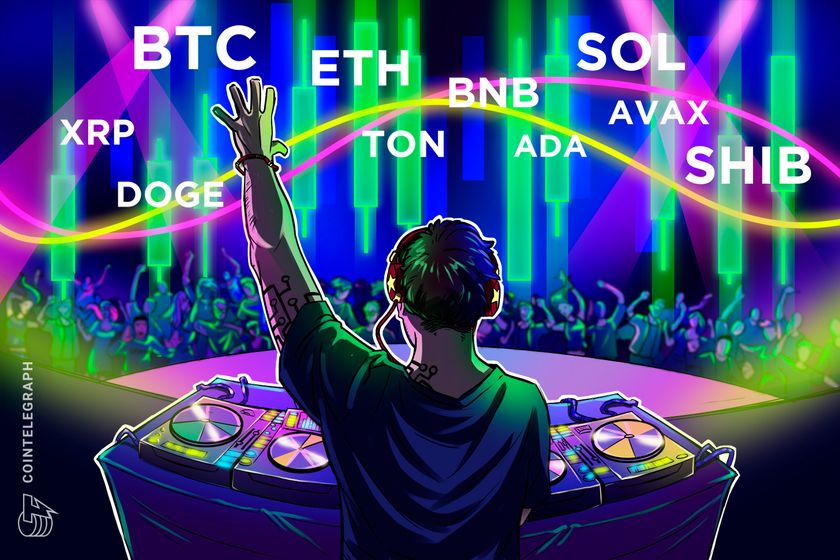
While challenges remain, Ripple’s victory has set a precedent that could shape the future of the cryptocurrency industry for years to come.
July 13, 2023, saw a landmark ruling in the United States Securities and Exchange Commission’s (SEC) case against Ripple Labs. The ruling determined that the XRP token is not a security when sold on public exchanges. The decision had implications for the cryptocurrency market and the regulatory landscape in the US.
The ruling was a significant victory for the blockchain-based digital payment network and set a precedent for classifying cryptocurrencies. The SEC initially filed a lawsuit against Ripple in December 2020, alleging that the company had conducted an unregistered securities offering by selling XRP (XRP) tokens.
However, Ripple argued that XRP should be considered a currency rather than a security, and after a lengthy legal battle, the court partially sided with Ripple. However, the decision was not entirely in the industry’s favor because Ripple was found to have broken the securities laws when it offered XRP to hedge funds and other institutional buyers.









